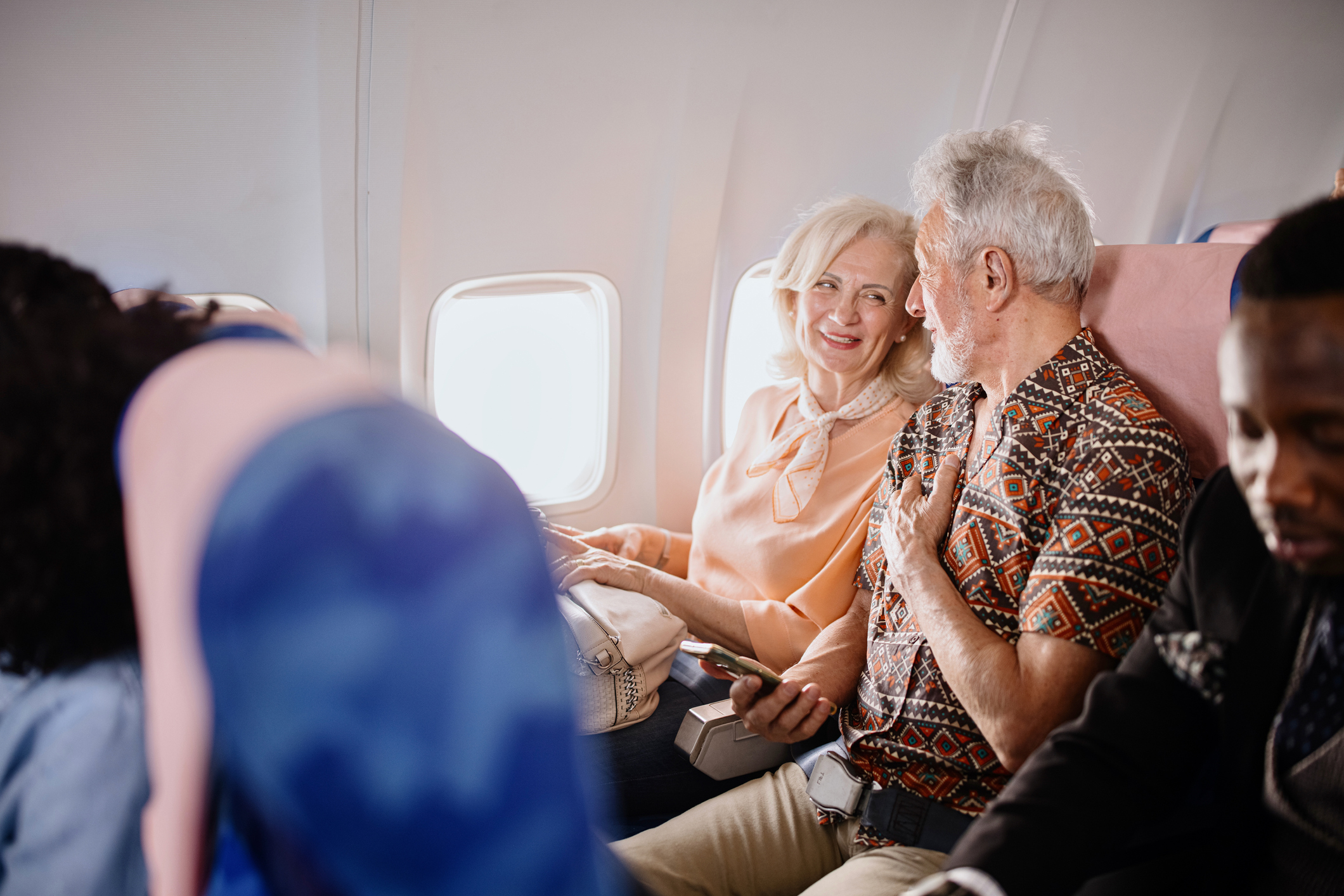

As the summer season hits full swing, many people are planning their long-awaited vacations. If you’re escaping to a far-away place, however, it’s important to keep in mind the risks involved with long-distance travel.
In particular, we need to take extra care with our circulation, which during the summer can often be hindered by hot weather, swelling and inflammation. And in the case of travel, whether by planes, trains or automobiles, sitting for long periods can be quite dangerous.
Researchers have found that long-distance travel can raise your risk of deadly venous thromboembolism (VTE) as much as threefold. In addition, the risk increases relative to the duration of your trip — by a whopping 26 percent for every two hours of air travel and by 18 percent for every two hours of any other kind of travel — even if you’re otherwise healthy.
But travel can be safe with a few precautions…
What is VTE ?
VTE comprises deep vein thrombosis (DVT) and pulmonary embolism (PE). DVT is marked by abnormal clot formation(s) in the deepest veins in your body, including those in your legs or pelvis.
A pulmonary embolism occurs when a clot becomes dislodged and travels to your lungs, blocking the pulmonary artery and resulting in difficulty breathing, rapid heart rate and, sometimes, sudden death.
Perhaps the most important precaution you can take is to familiarize yourself with the symptoms of VTE. This knowledge can save your life.
Pain, swelling, redness and warmth in your legs are red flags that a blood clot may have formed — and sudden shortness of breath, chest pain and a bloody cough are all warning signs that it may have traveled to your lungs.
Who’s at risk?
Long-distance travelers are at higher risk for these serious events, due to the sedentary nature of travel, but other factors can increase that risk, including:
- Being over the age of 40
- A body mass index (BMI) greater than 30
- Having undergone surgery in the past three months
- Using estrogen-containing contraceptives or hormone replacement therapies
- Pregnancy or having given birth in the last three months
- A history of blood clots previously or a family history of them
- Currently undergoing active cancer treatment
- Having limited mobility due to a cast or a walking boot
- Having varicose veins
Reducing your risk
Getting up and moving, if possible, is paramount to decreasing the risk of blood clots from prolonged sitting. But when traveling, that’s not always possible. But even a little movement can do some good…
In one study, researchers asked healthy men and women to sit for three hours. During that time, they were told to fidget one leg intermittently by tapping their foot for one minute and then resting it for four minutes. Their other leg remained still for the entire three hours.
After the time was up, researchers compared the blood flow in each leg. Participants had significantly better blood flow in the fidgety leg than the one they kept still.
High-quality botanical and nutritional supplements can also help. In my clinical practice, I recommend a Tibetan herbal formula that has been clinically studied for decades; published studies show it significantly reduces abnormal clotting factors and boosts circulation.
Other helpful nutraceutical ingredients include the enzyme nattokinase from natto, a fermented soy product and traditional food from Japan. Hawthorn berries and omega-3 fats are also helpful for promoting circulation and cardiovascular health.
Beets or beet powders help the body produce nitric oxide, a natural vasodilator that supports normal blood flow.
If you suspect VTE during or after your next long trip, be sure to seek medical attention immediately. Quick intervention and proper prevention can help ensure that you enjoy many more trips — and all of the long-distance travel they might require — for years to come. Safe and happy travels!
For more health information, visit www.dreliaz.org.

